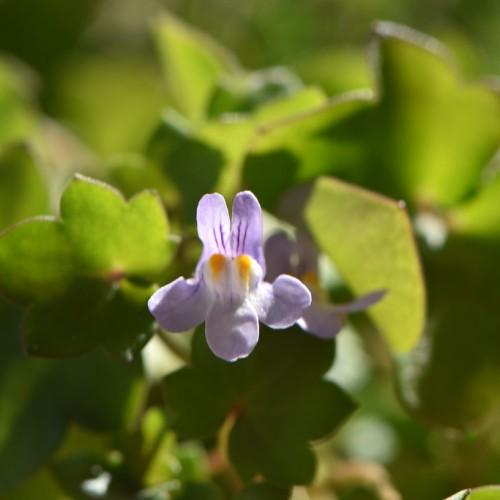
Kenilworth ivy
Cymbalaria muralis
Cycle:
Herbaceous Perennial
Watering:
Average
Hardiness Zone:
5 - 8
Flowers:
Flowers
Sun:
Part shade,full shade
Leaf:
Yes
Growth Rate:
Low
Maintenance:
Low
Care Level:
Medium
watering
Kenilworth ivy prefers moist soil and should be watered at least once per week during the growing season from early spring to late summer. Water it deeply so the soil is thoroughly soaked, allowing it to dry out a bit between waterings. In areas where temperatures become hot, water more frequently to keep the soil consistently moist. During the winter months, when growth primarily ceases, water the Kenilworth ivy only every few weeks. It is better to err on the side of less detailed watering during the winter months.
sunlight
Kenilworth ivy (Cymbalaria muralis) requires medium to bright indirect lights, but not direct sunlight. They thrive in indoors locations that get 4 to 6 hours of bright indirect light per day. Generally, Kenilworth ivy prefers to be located in an eastern or western-facing window that can provide several hours of direct morning or afternoon light. It does not do well with deep shade or too much exposure to direct sunlight. During summer months, the plant should be moved outside in a part shade or protected area for a few hours on sunny days, but never leave it in full, direct sunlight as this can scorch the leaves. In winter, Kenilworth ivy can benefit from a few hours of direct sunlight a day.
pruning
Kenilworth ivy should be pruned in the late spring or early summer, after the plant has grown 6 inches or more. This species of ivy can be lightly pruned at any time of the year, but wait until late spring or early summer when it is actively growing for heavier pruning. Start to prune off any dead, diseased, or discolored leaves or stems, and then shape and reduce the size of the plant as needed. It’s important to make sure that there is an even balance of foliage at the top and bottom of the plant as pruning. If too much greenery is removed from the bottom it can result in an unbalanced and lopsided look. For best results, prune no more than 1/3 of the plant at 1 time.
